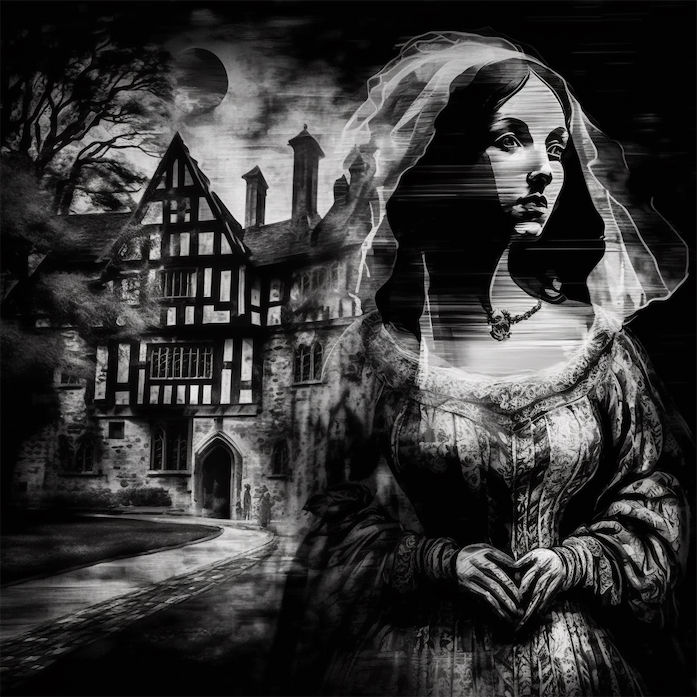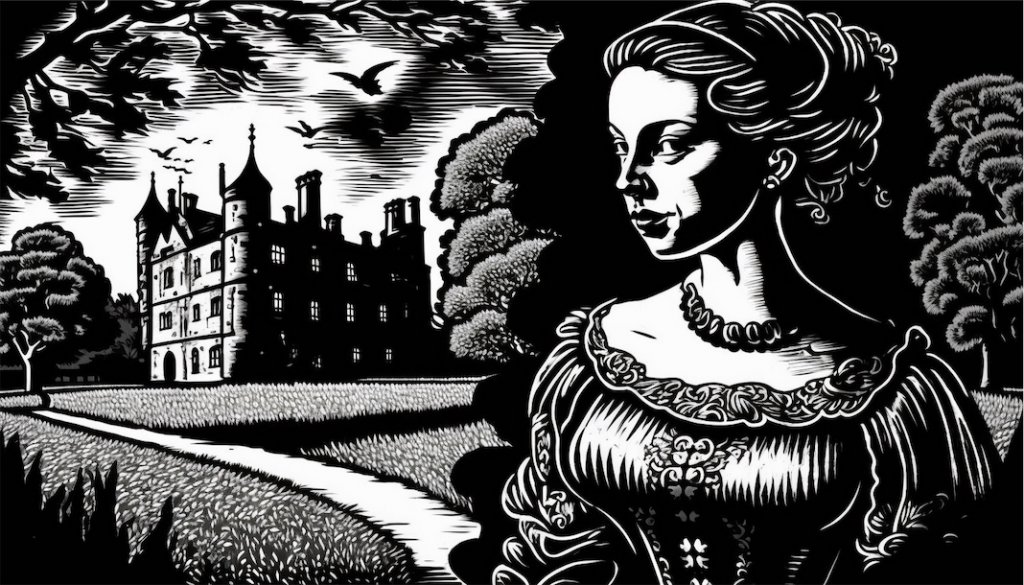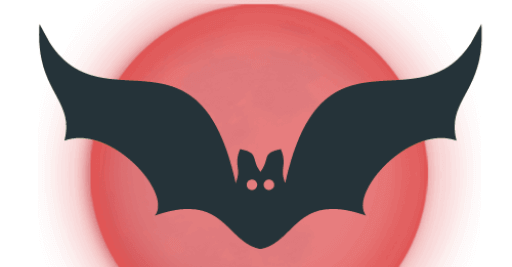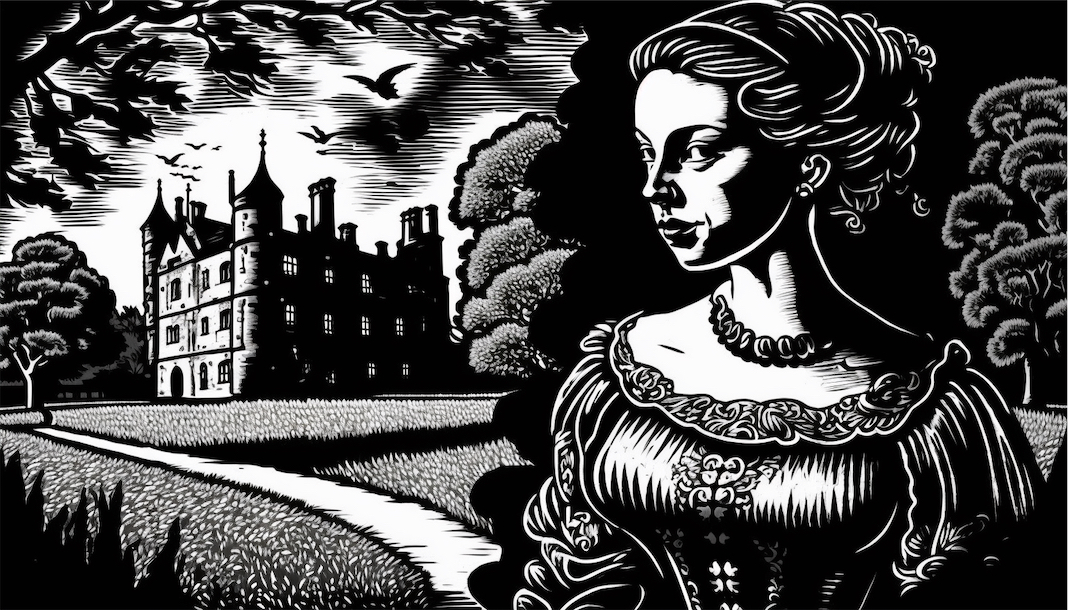The Ghost of Anne Boleyn: Many Sightings In Many Places

Welcome to “The Many Ghosts of Anne Boleyn”, where we explore the haunting tales surrounding one of the most infamous women in British history. Anne Boleyn was the second wife of King Henry VIII and the mother of Queen Elizabeth I. She was a controversial figure in her time, known for her beauty, intelligence, and sharp wit.
However, her refusal to produce a male heir led to her downfall, and she was famously executed on May 19th, 1536, on charges of treason, adultery, and incest. Since then, Anne Boleyn’s spirit has been said to haunt a number of locations throughout England, from the Tower of London to her childhood home of Hever Castle. But why does her ghost still linger, and what stories have people shared about her apparition? Join us as we dive into the history, legends, and myths surrounding the many ghosts of Anne Boleyn.
Anne Boleyn was born in 1501 in Norfolk, England. She was the daughter of Thomas Boleyn, a wealthy landowner and courtier, and his wife Elizabeth Howard, who was a member of one of the most powerful families in England. Anne was one of three siblings, with a brother named George and a sister named Mary.
Anne was educated in the Netherlands and France, and returned to England in 1522, where she quickly became a prominent figure in court circles. She caught the eye of King Henry VIII, and they began a courtship that lasted for several years. Despite being married to Catherine of Aragon, Henry was determined to annul the marriage so he could marry Anne.
Anne’s family helped her move up at court, and her father was made Earl of Wiltshire and Ormond in the end. Her brother George was also appointed to important positions, including Lord Privy Seal and Lord Rochford.
However, the Boleyn family’s fortunes were short-lived. Anne’s relationship with Henry VIII soured, and she was eventually charged with treason, adultery, and incest. She was beheaded on May 19, 1536, at the Tower of London. Her brother George was also executed, and her father died a year later.
Where To See Anne Boleyn’s Ghost
Bickling Hall
Blickling Hall is perhaps one of the most famous locations associated with Anne Boleyn’s ghostly apparitions. The hall is a stunning Elizabethan mansion located in Norfolk, England, with a history that dates back to the 15th century. The estate spans over 4,600 acres and has been associated with several noble families throughout its long history.
It is said that Anne Boleyn was born at Blickling Hall in the early 16th century, and she is rumored to have returned to the estate as a ghost following her execution in 1536. The most famous ghost story associated with Anne Boleyn and Blickling Hall involves a carriage, headless coachman, and four headless horses. The carriage is said to appear each year on the anniversary of Anne’s execution, May 19th. Anne’s ghost is said to be inside the carriage, clutching her severed head. The carriage then disappears into thin air after arriving at Blickling Hall.
Another ghost associated with Blickling Hall is the “Grey Lady,” who is often seen walking around the estate, particularly near the lake. Some believe that the Grey Lady is Anne Boleyn’s mother, Lady Elizabeth Boleyn, who was a frequent visitor to Blickling Hall. Others suggest that she is the ghost of Sir John Fastolf’s wife, who is also associated with the estate.
But the Boleyn family is not the only one associated with Blickling Hall’s haunted history. The ghost of Sir John Fastolf, who was the inspiration for Shakespeare’s Falstaff character, is said to haunt the hall. The ghost of a maid, who died tragically at Blickling Hall, is also said to roam the halls. And it is said that Sir Thomas Boleyn, Anne’s father, also haunts the estate, cursed for his involvement in his children’s downfall.
Blickling Hall has a rich history and is well known for its beautiful architecture, stunning gardens, and the many ghosts associated with it. Each year, visitors flock to the estate in hopes of catching a glimpse of Anne Boleyn’s ghostly carriage or the Grey Lady wandering the halls.
The Tower of London
The Tower of London is one of the most famous historical landmarks in England and also one of the most haunted. Anne Boleyn’s ghost is said to be one of the most frequently seen apparitions on the grounds of the Tower of London. Legend has it that Anne’s ghost haunts the place of her death, having been beheaded within the Tower of London on the 19th May 1536 (as we may previously have mentioned).
The ghost story that is most closely associated with Anne is that of a Captain of the Guard, who saw a flickering light in the locked Chapel Royal late one night. He climbed up a ladder to investigate, and what he found was unbelievable. A procession of knights and ladies, all dressed in ancient costumes, were pacing the chapel. Their leader was an elegant female whose face he could not see, but whose figure resembled that of Anne Boleyn’s in portraits he had seen. The procession later disappeared, leaving the captain terrified and confused.
In 1864, a soldier, on duty near the Lieutenant’s lodgings, made another sighting of Anne’s ghost. He claimed to have confronted and challenged a white figure, and when his challenge met no response, he plunged his bayonet into the figure. To his complete shock, the weapon did not meet flesh, but went straight through the woman. According to the traditional story, an officer lodged in the Bloody Tower saw the whole event take place from his window.
It’s not just Anne’s ghost that is said to haunt the Tower of London. Over the centuries, many prisoners have been held and executed at the Tower, leading to countless ghost stories.
The Princes in the Tower, for example, have been seen on the staircase of the White Tower, where their bodies were discovered in 1674. Visitors have reported seeing two small figures in nightshirts, holding hands and crying out for their mother.
The White Lady, who is said to be the ghost of Arbella Stuart, a relative of King James I who was imprisoned in the Tower and died there in 1615, has also been spotted on several occasions.
See also The Cylinder Ghost from the Tower of London

Other Locations Haunted by Anne
Hever Castle
Anne’s childhood home, Hever Castle, is said to be visited by her ghost each Christmas. She is said to manifest beneath a great oak tree where Anne and Henry courted. Her ghost also walks across the bridge, which crosses over the River Eden on the castle grounds.
Windsor Castle
The largest and oldest occupied castle in the world, Windsor Castle is said to be another location where Anne’s ghost has been seen. She is said to appear standing at the window in the Dean’s Cloister, and running down a corridor screaming (sometimes clutching her head).
Hampton Court
Another royal palace with a connection to Anne Boleyn, Hampton Court is said to be haunted by her ghost wearing a blue or black dress. Some accounts claim she is headless during these manifestations.
Rochford Hall
Rochford Hall in Essex is a manor house said to be where King Henry VIII first cast his eyes on a young Anne Boleyn.
The Boleyns owned the home from 1515, and there are even rumors of a secret tunnel system beneath the home that King Henry VIII used as his discreet escape route from the house.
According to a previous owner, there are stories of sightings of a headless lady and feelings of extreme cold in one of the rooms. Some believe this to be the ghost of Anne Boleyn.
Benjamin Britten and The Ghost of Anne Boleyn
Benjamin Britten and Peter Pears, who was his partner, were both interested in the supernatural and the occult. When they moved to The Red House in Aldeburgh, they were already aware of the ghost stories surrounding the property.
The Red House was built in the 19th century and had been home to several notable people, including the artist Mary Potter and the composer Frank Bridge. Britten and Pears were particularly drawn to the story of Anne Boleyn’s ghost and the link to Blickling Hall.
One evening, as Britten was walking through the garden of The Red House, he saw a figure in a long, black cloak. At first, he assumed it was a neighbor, but as the figure drew closer, he realized that it was the ghost of Anne Boleyn. He was able to describe her in great detail, including the embroidery on her dress and the way she carried herself.
Pears also claimed to have seen the ghost of Anne Boleyn on several occasions, and the two men were convinced that her spirit was haunting them.
Britten’s fascination with the supernatural is reflected in his music, particularly in his opera “The Turn of the Screw,” which is based on the Henry James novel of the same name. The story revolves around two young children who are haunted by the ghosts of their former governess and her lover.
The opera features eerie and unsettling music, and Britten makes use of the dissonance and atonality that had become his trademark. The piece premiered in 1954, and remains one of Britten’s most popular works to this day.

Modern Sightings of The Ghost of Anne Boleyn
Several people have said they have seen Anne Boleyn’s ghost in modern times. For example, in 2002, a group of visitors to the Tower of London claimed to have seen her ghost walking along the corridors.
In 2018, a British tourist claimed to have captured a photograph of Anne’s ghost in a mirror at the castle.
There have also been reports of sightings at Hever Castle, where a visitor claimed to have seen Anne’s ghost near the spot where she is said to have died.
The most recent reported sighting of her ghost at Blickling Hall was on May 19, 2021, when a paranormal investigator claimed to have captured an image of a ghostly figure in one of the windows of the mansion.
What Does It All Mean?
Mark Fisher was a highly influential cultural theorist and writer, known for his work on popular culture, capitalism, and mental health.
Mark Fisher’s argued that the return of the repressed is a recurring theme in Gothic literature and horror movies, and the figure of the ghost can be understood as a manifestation of these repressed desires or traumas.
In the case of Anne Boleyn, her execution was a traumatic and tragic event in history, and her ghost might represent a symbolic manifestation of the violence, betrayal, and oppression that she experienced during her life.
Furthermore, Fisher argued that the ghost of Anne Boleyn is a significant cultural symbol that has been repeatedly re-appropriated in different historical contexts, reflecting the changing cultural and political attitudes towards gender, power, and memory. Therefore, the ghost of Anne Boleyn might be seen as a cultural artifact that embodies the repressed traumas and desires of the past, and reflects the cultural anxieties and tensions of the present.
From Mark Fisher’s perspective on “The Weird and The Eerie”, the cultural implications of the ghost of Anne Boleyn are related to the persistence of the eerie in cultural memory.
The fact that ghost stories like the one about Anne Boleyn keep coming up shows that the eerie is not just a matter of the strange or uncanny, but also a force that is still at work in the present, influencing how we think about history and the world around us.
Fisher argues that these lingering traces of the past in the present offer us a way of interrogating the boundaries between reality and fiction, and can help us to understand the uncanny effects of our own lives in the 21st century.
The ghost of Anne Boleyn is a fascinating subject from a psychoanalytical viewpoint, particularly in the context of Sigmund Freud’s theory of The Uncanny. The Uncanny, as Freud theorized, is a concept that describes a sense of unease or fear that is experienced in relation to something that is familiar and yet also unfamiliar or strange. In the case of Anne Boleyn’s ghost, we can see how this idea of the uncanny might come into play.
Anne Boleyn was a real historical figure, and her story is one that is well known and familiar to many people. At the same time, however, the idea of a ghost is something that is unfamiliar and strange. The fact that Anne Boleyn was beheaded adds an extra layer of uncanniness to the story, as the idea of a headless ghost is one that is particularly unsettling.
In this way, the ghost of Anne Boleyn can be seen as an embodiment of The Uncanny, and an object of fascination for those who are drawn to the strange and unsettling aspects of the human psyche.
The symbolism of the missing head in Anne Boleyn’s ghost may be interpreted as an act of silencing and erasure, which perpetuates the marginalization and oppression of women.
Anne Boleyn may have been wronged by Henry VIII’s actions, including her unjust execution, so the idea of revenants or ghosts making things right could be used to explain her story.
The idea that she could return to seek revenge on Henry could be seen as a way to redress the imbalance of power and right the wrongs that were committed against her.
However, it’s also worth considering that the ghost of Anne Boleyn has been seen in a variety of locations beyond those associated with Henry VIII, such as Hever Castle, where she grew up, or Blickling Hall, her birthplace. This suggests that her haunting may also have personal, emotional or spiritual motivations beyond simply seeking revenge.
Other Headless Ghosts
There are several stories of headless ghosts in England and other countries. The most famous one, apart from Anne Boleyn, is probably the ghost of Sir Walter Raleigh, who is said to haunt the Bloody Tower at the Tower of London, where he was imprisoned before being executed. Another headless ghost from English folklore is the Black Knight, who is said to haunt the area around the ancient town of Sevenoaks in Kent. In Irish folklore, there is a headless horseman who is said to roam the countryside at night, and in German folklore, there is the story of the Headless Horseman of the Rhine.
Headless ghosts are also common in popular culture, such as the Headless Horseman in Washington Irving’s “The Legend of Sleepy Hollow.“
Other Articles You Might Like
The Flannan Isles Disappearance
Did A Ghost Speak Through A Machine Or Were The Dodleston Messages Fake?


